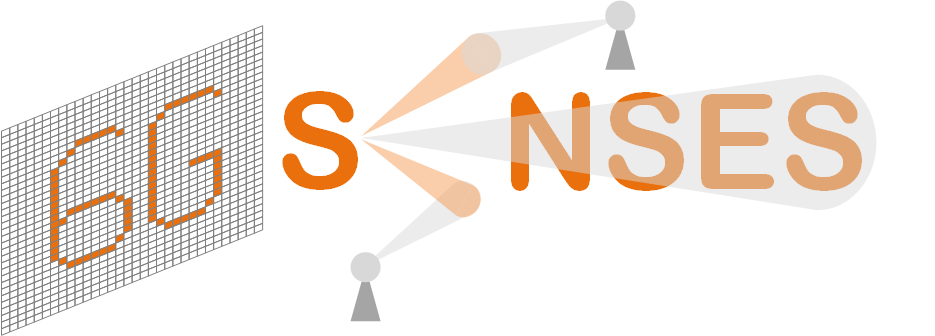Motivation
This decade is witnessing the realisation of 6G, i.e., the communication systems that target to be deployed around 2030, which are, at the moment, being designed around the world. Particularly in Europe, these initiatives are being funded by the European Commission and are mainly driven by the partnership Smart Networks and Services (SNS) Industry Association (6G-IA). There is nowadays no common consensus in the definition of 6G, despite agreements in terms of the related application scenarios, technology trends, and key indicators. Regarding application scenarios, 6G will be deeply integrated with as many as possible vertical sectors and industries, and the application scope will span beyond the current human-to-human communication to the formation of ultra-dense intelligent connections for cooperative human-machine-object communication. In terms of technology trends, 6G will make full use of new spectral resources, such as millimetre wave (mmWave) and terahertz (THz) bands, to improve the peak data rate, and use ultra-massive antenna arrays to enhance spectral efficiency, energy efficienc y, and drastically increase the number of parallel connections.
A series of white papers and survey papers have been published that aim to define 6G in terms of requirements, application scenarios, key technologies, etc. Although ITU-R has been working on the 6G vision and it is expected to reach a consensus on what 6G will be by mid-2023, so that standardization efforts can start around 2025, the related global discussions are still wide open and the existing literature has identified numerous open issues. New networking and new air interface solutions are the two key enablers of achieving ubiquitous and limitless connectivity, and the key technologies calling for attention in the upcoming years are:
- Networking technologies: softwarization, virtualization and Open-Radio Access Network (O-RAN).
- Air interface technologies: massive Multiple Input Multiple Output (mMIMO), Reconfigurable Intelligent Surface (RIS) and Cell-Free.
Wireless communications are essential to achieve the expected performance of future generations of mobile communication systems. Despite increased efforts in enabling mmWave regions for 5G NR communications, still the spectrum is scarce, leading to the need of increasing spectral efficiency. Given the practical implementation problems encountered with an increasing number of antennas for a centralized system and the interference problems encountered with cell splitting, the spectral efficiency of 5G systems is not sustainable. Therefore, further innovations in the architecture of cellular networks are required. 6G is witnessing paradigm changes, such as the elimination of the traditional “cell-like” deployment of mobile communications infrastructure, enabled by the introduction of cell-free massive multiple-input multiple output (CFmMIMO).
This is considered a major technical asset to improve the performance of wireless networks. When allaccess points (APs) deployed in a system collaborate to serve a fixed number of users, as the number of APs increases, the cell boundary effect of traditional cells can be eliminated. As a result, a “cell-free” system is formed and the capacity and performance of the communication system can be significantly improved. CF-mMIMO not only increases the spectral and energy efficiency but also reduces latencies and improves the system reliability with diversity and multiplexing trade-offs, thus supporting ultrareliable low-latency transmission. Extending CF-mMIMO to high-frequency bands can increase the system capacity and effectively solve the link robustness problem.
However, the practicalities of the technology are hindering its broad implementation and deployment, which makes necessary to study the implementation architecture of the new CF-mMIMO, taking both performance and implementation complexity into account. The major challenge in the practical implementation of CF-mMIMO systems is the overhead in terms of signaling and coordination for pre- and de-coding of the transmitting and receive data, the data itself, and the required control signals for synchronization or scheduling.
